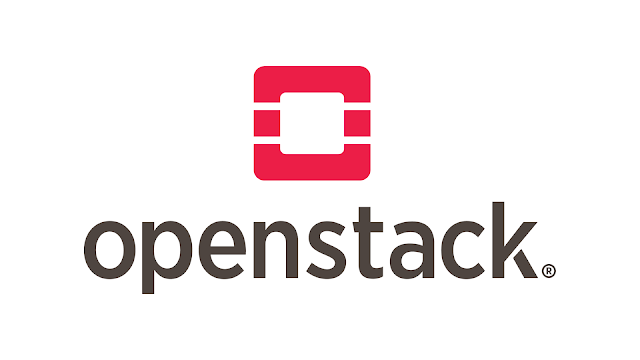Easy Home Lab Setup of KIND & MicroK8s

After installing minikube on my Ubuntu VM which is running in Vagrant, on top of my windows 10 desktop. I started to notice some performance issues which ended up with frequent minikube restarts and constant VM reboots. Then on the internet, I found another way or actually two ways to run my k8s cluster lab setup on my local virtual environment using KIND & MicroK8s , which i would like to share with the community. So the steps are as follows, So, what is KIND ? KIND is a tool that allows you to run local Kubernetes clusters using Docker container “nodes”. It is primarily designed for testing Kubernetes itself, but it can also be used for local development or continuous integration (CI). With KIND, you can create a Kubernetes cluster within minutes. It supports multi-node (including high availability) clusters and building Kubernetes release builds from source. First lets build our VM using Vagrant and Virtualbox, you can get the steps from here . Setting up the Vagrant direc...











